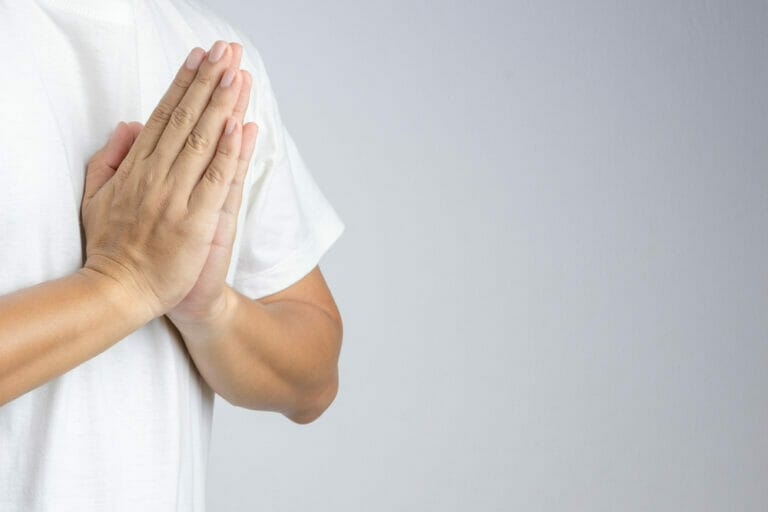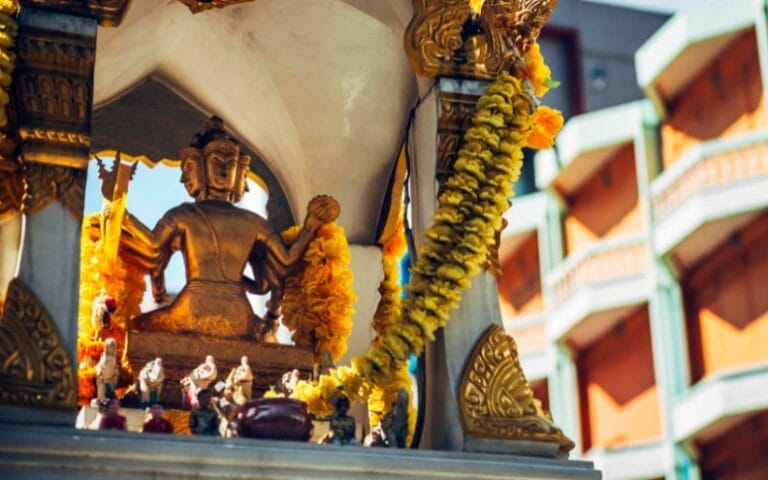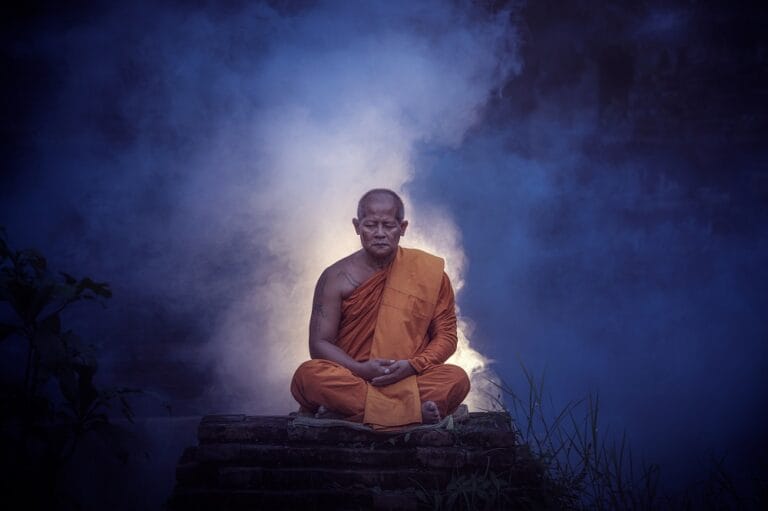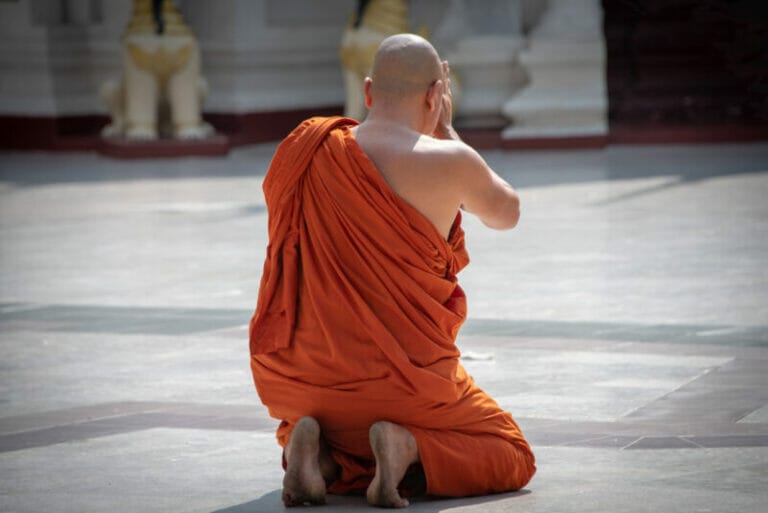How Many Types of Buddhas Are There?
The Buddhas found in Buddhist religious texts fall into three categories:
- 1. Pacceka Buddha or Protteka Buddha
- 2. Savaka Buddha or Sravaka Buddha
- 3. Samma Sambuddha or Sammaka Sambuddha
According to the text ‘Buddhavamsa’, there have been 28 Buddhas who have appeared on Earth so far, including Gautama Buddha, who is described as the last Sammaka Sambuddha.
Gautama Buddha was born as a prince, but he renounced his wealth in pursuit of the truth. For over 2500 years, followers of Buddhism have practiced the religion he preached. In Buddhism, Buddha is the Lord of the Dhamma, which refers to the way people should live. In the Pāli Canon, Gautama Buddha is revered as a “teacher of the gods and humans,” having attained the highest state of bliss known as nirvana, which surpasses the emotions of anger, fear, and sorrow experienced by the gods or devas.
It is prophesied that another Sammaka Buddha, known as Arya Mitra or Maitreya Buddha, will appear in the future, bringing the total number of Buddhas to 29.
The intervals between the appearances of these Buddhas are not specified.
In this article, we’ll learn about the three types of Buddhas.
01. Pacceka Buddha
Pacceka Buddhas (also known as pratyekabuddhas or paccekabuddhas) are individuals who have followed the path of a Sammaka Sambuddha and achieved the “fruits of Arahantship,” also known as Arhataphala.
These Pacceka Buddhas are on the path to Nibbana and there have been many of them in the past and will continue to be in the future. Therefore, Buddhists believe that the world is not lacking in Arahants or Buddhas.
Just like the Sammak Buddhas, the Pacceka Buddhas do not speak publicly. They meditate in silence and solitude like the Sammak Buddhas. Their enlightenment is attained with much patience and perseverance.
Following the methods set forth by Sammaka Sambuddha, the Pacceka Buddhas attain fulfillment in self liberation.
They help people to break free of all types of desires. In this way they become Buddha achieving Arahataphala through self-efforts.
A Pacceka Buddha attains Nibbana after death by eliminating the need for rebirth.
The wisdom of Pacceka Buddha, acquired through meditation, is limited to the Buddha himself. The Buddha does not reveal the way to emancipation to the others.
02. Savaka Buddha
Throughout the history of Buddhism, the Savaka Buddhas (Sāvakabuddha) stood in the highest position in the practice of religion and philosophy. There are Savaka Buddhas in the followers of each Sammaka Sambuddha.
Many of the disciples of Gautama Buddha were Savaka Buddhas. These include Aggasavaka Sariputta and Moggallana, Mahakassapa, Vinayadhara Upali, Dhamma Bhadarika Ananda, Labhisetthi Sivali and many others.
It is also important to mention that many people during the time of Buddha were Savakas. They participated in the welfare of all beings of the world and helped others to attain Nibbana.
A Savaka Buddha is generally a virtuous man with the greatest proficiency in following the Sammaka Sambuddha. Many disciples follow a Sammaka Sambuddha.
There’s also a growing group of disciples that originates from each of these disciples.
There are many disciples and subdisciples who remain absorbed in meditation for emancipation, following the path of Sammaka Sambuddha.
Many of them attain Arhataphala. They cease to take birth once Nibbana is achieved. This kind of a Buddha is referred to as the Savaka Buddha.
03. Sammaka Sambuddha
When compared to other Buddhas, Sammaka Sambuddha is the most divine. Sammaka Sambuddha is the person who attains Buddhahood not by the help of any master but through continual efforts and his own ideals and activities.
He is endowed with the best knowledge. He fulfills the ten paramis by practicing several births.
In his last birth, the Sammaka Sambuddha takes birth in an appropriate family of human beings.
He becomes the Buddha in this birth through the influence of good deeds in past life and achieves omniscience attaining the Arahataphala.
According to The Buddha, the arrival of Sammaka Sambuddhas is very rare in this world. There are never two Sammaka Sambuddhas that appear at the same time in this world.
Thousands of years after the Parinibbana of a Sammaka Sambuddha, another Sammaka Sambuddha appears. There are in total twenty-eight Buddhas to date.
Sammaka Sambuddha Buddhas don’t become the Buddha just for their sake. They choose to become the Buddha with the aim of opening the door of emancipation to all beings of the world.
Therefore, they serve as a means of spreading the message of Nibbana among all creatures.
In Tantric Buddhism, practitioners will find many of the Buddhas that are well-known in Mahayana traditions.
There are five Buddhas who hold a more prominent position: Vairocana, Aksobhya, Ratnasambhava, Amitābha and Amoghasiddhi.
As well as various other female Buddhas such as Tara who is an extremely powerful female Buddha in Tibetan Buddhism.
Parting Words
In Buddhism, a Buddha is a person who has attained a state of enlightenment and fully understands the truth of the world.
They have found happiness through their own efforts and insights and have reached a high spiritual state known as Buddhahood. As a result, they have transcended the suffering of life and are able to guide others towards the same liberation.
Buddhists view the Buddha as someone who is “perfect” in both knowledge and behavior and who fully understands the truth about life.
It is not believed that Gautama Buddha was the only Buddha to have ever existed. The Pāli Canon mentions other Buddhas who preceded him, and the Mahayana tradition also recognizes numerous Buddhas.







